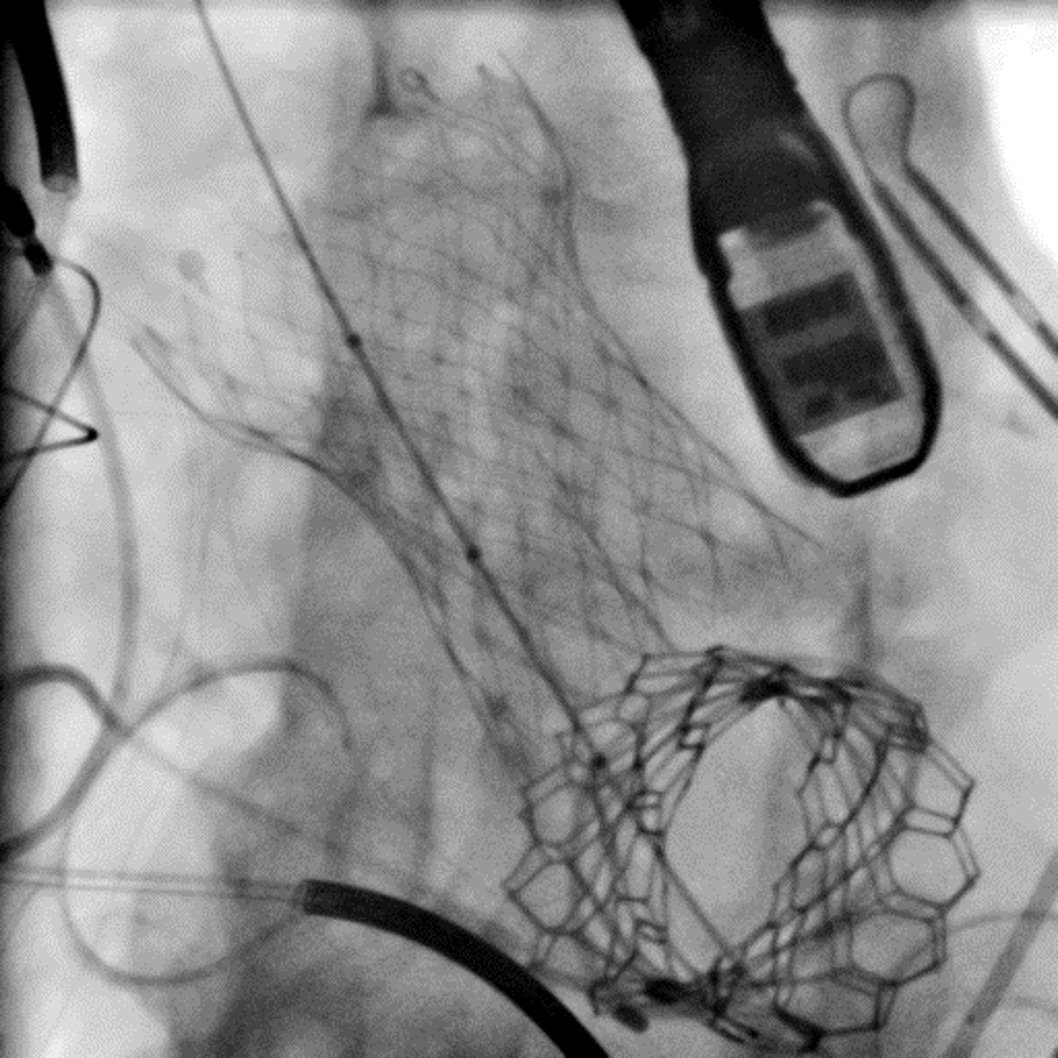Lots of interesting abstracts and cases were submitted for TCTAP 2024. Below are the accepted ones after a thorough review by our official reviewers. Don’t miss the opportunity to expand your knowledge and interact with authors as well as virtual participants by sharing your opinion in the comment section!
TCTAP C-217
It Never Rains But It Pours
By Huan-Chiu Lin, Yung-Tsai Lee, Wei-Hsian Yin
Presenter
Huan-Chiu Lin
Authors
Huan-Chiu Lin1, Yung-Tsai Lee1, Wei-Hsian Yin1
Affiliation
Cheng Hsin General Hospital, Taiwan1,
View Study Report
TCTAP C-217
Structural - Mitral Valve Intervention - Transcatheter MV Replacement
It Never Rains But It Pours
Huan-Chiu Lin1, Yung-Tsai Lee1, Wei-Hsian Yin1
Cheng Hsin General Hospital, Taiwan1,
Clinical Information
Patient initials or Identifier Number
Relevant Clinical History and Physical Exam
An 81-year-old male patient, who underwent concomitant surgical mitral and tricuspid valve repair at the age of 71, presented with symptomatic dyspnea NYHA class III and angina to our outpatient department. Clinical examination revealed signs of low forward cardiac output with pulmonary and peripheral edema. After admission, the patient was stabilized by intravenous diuretics and oxygen support.


Relevant Test Results Prior to Catheterization
Transthoracic and transesophageal echocardiography (TEE) revealed severe recurrent mitral regurgitation and concurrent severe aortic valve stenosis (valvular orifice areaof 0.51 cm2 and low-flow low-gradient stenosis. In addition, the right ventricle ejection fraction was only at 35%, indicating impairment, coupled with the presence of pulmonary hypertension (RVSP 85mmHg). MSCT analysis showed the aortic annulus area is 519mm2, and the neo-LVOT are is 218mm2.






Relevant Catheterization Findings
Coronary angiography showed patent coronary, and the risk of coronary obstruction was relative low.




Interventional Management
Procedural Step
1. A Sentinel cerebral protection device was deployed first. 2. After a successful atrial septal puncture, Tip-to-base LAMPOON was performed to prevent LVOT obstruction. 3. The S3 29 mm was introduced and deployed under rapid ventricular pacing, aiming for a 90% ventricular position and 10% atrial stent position. 4. TEE showed severe PVL even after post-dilatation.5. Another 29mm S3 was deployed consecutively, and the PVL was sealed completely. 6. For aortic stenosis, a 34mm Medtronic Evolut R was then implanted with fast pacing for valve positioning and release. 7. Valve infolding was discovered by TEE, and was fixed after post-dilatation.






Case Summary
This case adds to the body of evidence showing feasibility and safety of simultaneous multivalvular intervention procedures with contemporary balloon-expandable and self-expanding TAVRs via a transfemoral approach. To achieve optimal results, meticulous CT-based procedure planning is important.

